Standing Desk Pros And Cons: A Comprehensive Guide
Standing desks have surged in popularity as more people recognize the importance of movement and flexibility in the workplace. However, like any product, standing desks come with both advantages and disadvantages.
While their potential health benefits are widely touted, it’s important to understand that they may not be suitable for everyone. In this guide, we’ll explore the pros and cons of standing desks, helping you make an informed decision about whether they’re the right fit for your workspace.
Pros Of Standing Desks
1. Improved Health and Injury Prevention
- Injury and pain prevention
One of the most significant benefits of standing desks is their potential to improve overall health by preventing injuries associated with prolonged sitting. Sitting for extended periods can lead to a host of issues, including severe pain in the back, neck, shoulders, and wrists. Many office workers, especially those with a 9-to-5 schedule, experience this discomfort daily, often leading them to seek physiotherapy or regular massages.
- Lower risk of heart disease
In 1953, studies were conducted and it was proposed that standing is better for the overall health of your heart.
The negative effects of sitting all day cannot even be compensated by the rigorous activity of an hour.
The advantage of a sit stand desk is that you can switch between sitting and standing during the day. This will lower the risk of a job that would have otherwise led to heart disease.
- Lower blood sugar levels
Sitting right after lunch can spike your blood sugar levels. A study was conducted over 23 office workers. Workers that sit and then stood and then sat after half an hour intervals saw reduced blood sugar levels by 11.1%.
- Longer life
Studies suggest that people who sit for longer, die earlier. While usually, people attribute this to a lack of exercise and regular walking habits, sitting all day at work is also a reason for the decrease in life expectancy.
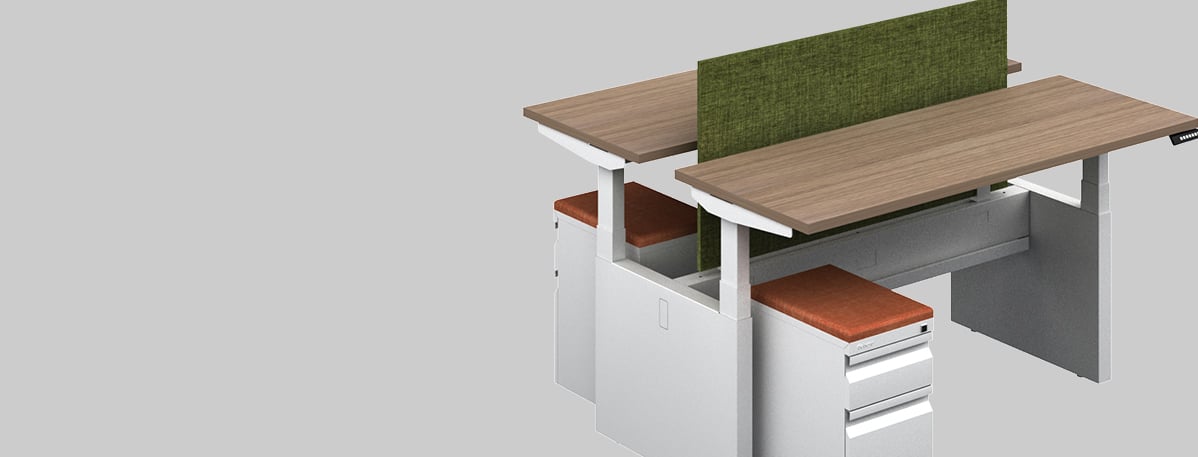
2. Improved mood and energy levels
Sitting all day long, eating, and then sitting again can lead to laziness. No matter how great the music or conversation is if you're sitting then excitement can turn into relaxation.
When your body is completely at rest and your posture is crooked, energy levels and mood can go down. This will impact your productivity and the environment at work.
3. Standing desks can be adjusted according to preferences
Every person has their preferences when it comes to whether they want to stand and work or sit and work. sit stand desks offer more choices to people.
They are convenient and can be adjusted to the comfort of the user. Furniture is bought in an office or by an individual, to be used by the person. It is vital to understand how the furniture will benefit the people when buying it.
Sit stand desks are manufactured in an adjustable way so that they can fit different people, their space, their lifestyle, and activity requirements.
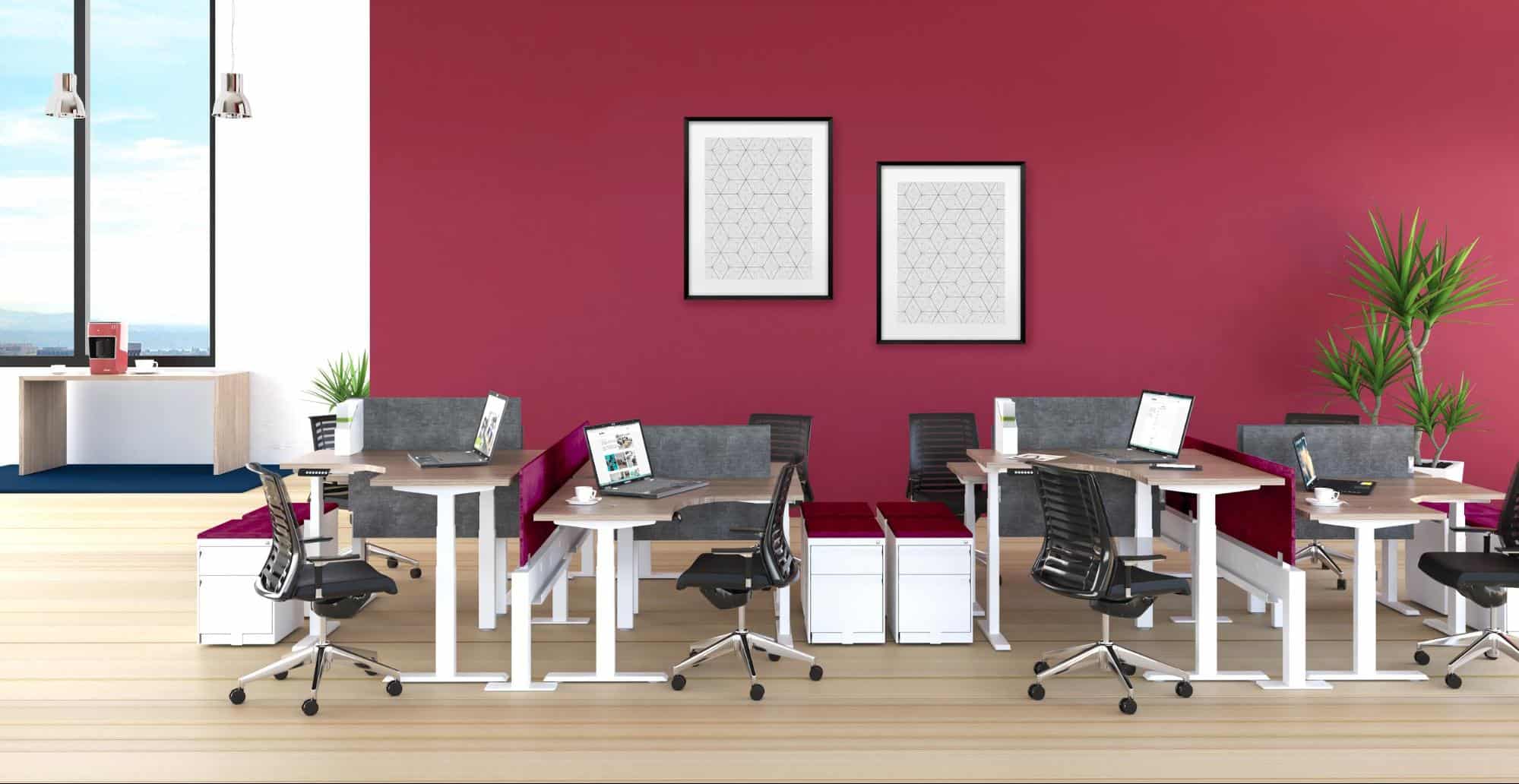
4. Sit stand desks are very cost-effective:
Sit stand desks are a smart solution when it comes to furniture. No one invests in furniture every day and you cannot keep buying new furniture if on some days you experience back pain.
There are going to be days when you're too tired to stand, sit stand desks are a one-time solution for your changing moods and choice. Certainly, they cost just a little over normal desks, but you get a reliable solution.
5. Sit stand desks can increase productivity
When people use sit stand desks they are less likely to get lazy. With improved health and mood, comes increased motivation to work. Moreover, a change is always good for any environment.
6. Buying a standing desk is not irreversible
The best part of a sit stand desk is that buying one is not something you will regret. Desks solely designed for sitting or standing, do not leave much space for choice.
If you are unable to adjust to standing, then you can simply use the sit stand desk for sitting, and vice-versa.
-min.jpg?width=1920&name=Ascend-CosmopolitanGray%20(1)-min.jpg)
May you be interested in: Finding the Balance: Is it Better to Sit or Stand at Work?
Cons Of Sit Stand Desks
1. It takes time to get used to sit stand desks
Transitioning from a traditional desk to a sit-stand desk can take time. If you’re used to sitting for long hours, you may need a period of adjustment to get comfortable with standing while working. Your body will also need time to adapt to the new posture, which could involve some initial discomfort, particularly in your legs and lower back. It’s important to start slowly, gradually increasing your standing time to allow your body to acclimate.
2. Standing desks do not help you lose weight
While standing desks offer numerous health benefits, they are not a guaranteed solution for weight loss. Simply standing in place does not burn a significant number of calories. However, standing desks do provide an opportunity to incorporate more movement into your day. Taking short walks or doing light stretching while standing can enhance the benefits and contribute to weight management.
If you use sit stand desks then you can prevent gaining calories and getting more obese.
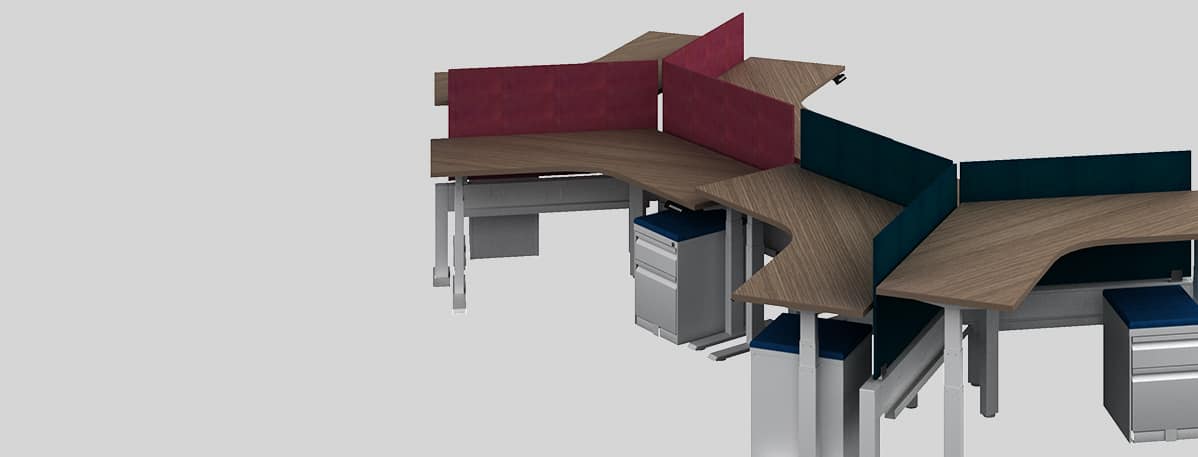
3. Standing for too long may increase body posture problems
Standing for extended periods can lead to posture issues, especially if you’re not mindful of your alignment. If you already have posture problems, standing for too long could exacerbate them. It’s crucial to maintain good posture while using a standing desk, keeping your spine aligned and avoiding slouching. Using an anti-fatigue mat and adjusting your monitor to eye level can help prevent posture-related discomfort.
4. Your office may look a bit disorganized
In an office setting where some employees are sitting and others are standing, the workspace can appear disorganized. This is particularly noticeable in open-plan offices or spaces where desks are close together. The visual disparity between sitting and standing can create a sense of chaos, which may be distracting for some employees. However, thoughtful office design and strategic desk placement can help mitigate this issue.
5. Sit and stand desks can cause distractions
If someone is standing they are likely to get distracted by the people around them. It requires focus to be able to avoid the outside world you are standing right in the middle of the motion.
While sit stand desks can increase productivity, employees should take note of whether they are easily distracted.
The problems associated with sit stand desks vary from person to person. If they are used properly and with the right amount of sitting and standing, then it can improve productivity and lead to decreased health problems.
Most cons of standing desks can be turned into pros if the sitting and standing time is managed efficiently.
Research On Standing Desks
Extensive research has been conducted on the benefits and challenges of standing desks. A notable study by Chambers, Assistant Professor of Bioengineering at Pitt's Swanson School of Engineering, Dr. Nancy A. Baker, Associate Professor of Occupational Therapy at Tufts University, and Dr. Michelle M. Robertson, Executive Director of the Office Ergonomics Research Committee (OERC), found that using standing desks in the office led to increased productivity among employees. The study also noted a decrease in blood pressure and lower back pain, underscoring the potential health benefits of standing desks.
To use a standing desk effectively, it’s important to consider factors such as desk height, monitor placement, and the amount of time spent standing. Incorporating an anti-fatigue mat can also enhance comfort and reduce the risk of fatigue.
At Gebesa, we offer a wide range of furniture solutions designed to meet the needs of modern workplaces. Our Ascend collection includes sit-stand desks that are crafted to modernize corporate furniture and enhance the work experience. Whether you’re setting up a home office or outfitting a corporate environment, our adjustable desks provide the flexibility and support needed to promote health, productivity, and well-being.

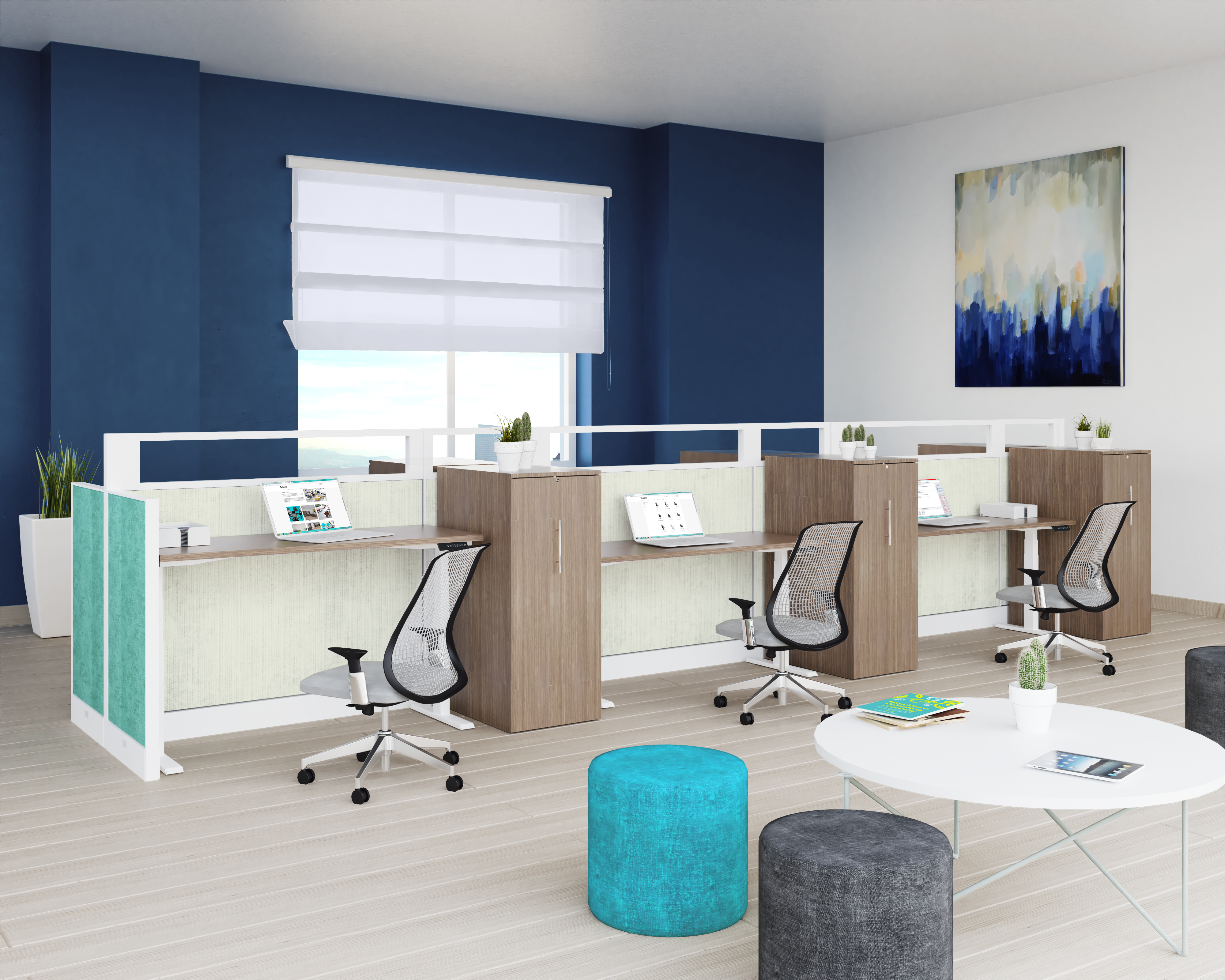
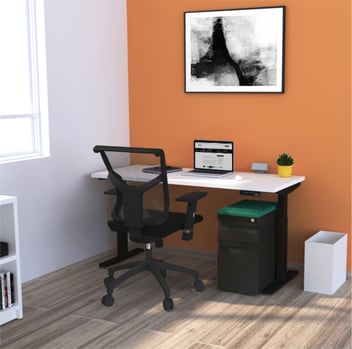

.jpg?width=352&name=Portada%20(1).jpg)
